Cotswolds National Trust gardens and stately homes
Disclosure: This post contains affiliate links. I earn a small commission on every purchase made at no extra cost to you.
As one of the most charming areas of England, it's fitting that the Cotswolds boasts some of the most stunning National Trust gardens and stately homes in the country. Visiting the lovely villages is a must-do, but it's worth adding a few Cotswolds stately homes to your itinerary for an insight into the region's history. Time spent at National Trust properties in the Cotswolds can't be missed, and my guide to the most charming Cotswolds National Trust properties is a great starting point. Don't miss out on experiencing the beauty of the area by exploring National Trust sites in the Cotswolds.
To note, all National Trust properties are free entry for members, and vary in price for non-members. My National Trust pass is one of my prized possessions as it allows me into dozens of beautiful homes an gardens each year—if you’re visiting one or two, it’s well worth buying the pass.
Some of the properties on this list are not part of the National Trust, but rather independently managed stately homes in the Cotswolds. There are some wonderful hidden gems in there, from a outdoor sculpture exhibition at Asthall Manor to the Indian-inspired architecture of Sezincote.
Read on for a full guide to stately homes and National Trust in the Cotswolds.
Hidcote Manor
An Arts & Crafts garden with naturalistic planting
Hidcote Manor is an Arts & Crafts garden and house on the north end of the Cotswolds. It is famous for its ‘garden rooms’ designed by the horticulturist Major Lawrence Johnston. The gardens change beautifully though the seasons and are arranged in more of an informal arrangement than many other National Trust sites. The house has a number of interesting architectural features, including leaded windows, gables, and a thatched roof. The interior of the house is filled with original furnishings, art, and artifacts from Major Johnston's travels around the world. The gardens include a formal rose garden, a kitchen garden, a woodland garden, and many other areas. There are also a number of sculptures and other works of art on display. Major Lawrence Johnston was a pioneer of modern garden design and his work at Hidcote had a significant influence on the development of gardening in the 20th century.
The garden rooms are absolutely charming and I particularly loved the hedges shaped like little birds which were flanking the pond.
Asthall Manor
A sculptural exhibition on historical grounds
Asthall Manor is one of my favourite stately homes because of its flair for art. Located near Burford, Asthall Manor is open at select times for the On Form sculpture exhibition which displays contemporary sculpture in the grounds. To add to the historical significance, the house was once home to the Mitford sisters.
I visited Asthall Manor on a sunny June day and wandered for hours to discover all the hidden corners of sculptures. The cow parsley in the fields was in full bloom and sculptures were hidden out in the field behind the house, below the willow trees and in the woods next to the stream. Sculptures interacted with the architecture of the house, and some were set on pedestals amongst the headstones of the small chapel’s cemetery. It was a treat to experience.
After seeing the sculptures, the Potting Shed Cafe has a charming country feel and feeds visitors simple and seasonal dishes in the field outside the manor.
Snowshill Manor
A quirky collection in a pastoral setting
Snowshill Manor is one of my favourite National Trust places ever, as it is such a quirky and unique place. Snowshill was the home of Charles Wade, an eccentric man who amassed a weird and wonderful collection of objects from all around the world that he curated and displayed in the house. He cared little about luxury and himself lived in the adjoining barn in a barebones fashion, using the manor house as a stage for his collections. Visiting the house and garden is a delight, full of discoveries and unlike any other National Trust house I’ve visited.
After viewing all the curiosities that Wade collected in his home, we were able to explore the charming gardens which included a miniature village and a beautiful dovecote.
The village it is situated in, also called Snowshill, is small but very charming so certainly worth a little wander around.
Sezincote
An Indianised escape in the Cotswolds
Sezincote is a hidden treasure in the Cotswolds with its unique Indian-inspired architecture which transports visitors beyond the English countryside. Created by Samuel Pepys Cockerell, this residence offers a captivating fusion of styles that is unlike any other stately home I’ve seen.
The house is still inhabited by the family, so guided tours are strictly booked with timed tickets and no photography is allowed inside. Still, it’s a wonderful insight into the house and the mixing of styles it contains.
There is an ornate orangerie extending from the building which houses a lovely tea room, plus extensive gardens with ponds, fountains and sculptures throughout.
Chastleton
A Jacobean house brought back from ruin
Chastleton is a fascinating and historic property that has a rich history. The house is an example of Jacobean architecture built in Cotswold stone and was built in the 17th century. One of the most interesting things about Chastleton is that the official rules of croquet were codified here! Owned by one family for many years, the house eventually fell into disrepair because of the lack of resources. The National Trust has since taken care of the property and preserved it for public access. Despite its age, Chastleton House remains a beautiful and intriguing property, with many original features and architectural details still intact, such as the barrel-vaulted Long Gallery.
Recommended: Top rated tours and day trips to the Cotswolds
Dyrham Park
A country house embraced by rolling hills
Dyrham Park has one of the most picturesque and romantic entrance views of any country houses I’ve visited. After walking through some parkland, you reach a large hill which recedes and frames the baroque country house. The house itself is still undergoing lots of restoration work and is not spectacular in its interiors, but the site has incredible gardens as well as an orangerie and chapel which add to the charming setting. The gardens at Dyrham Park are a particular highlight, with a range of beautiful plants and flowers on display. There are formal gardens, a kitchen garden, and a wildflower meadow, all of which offer something different for visitors to enjoy. The gardens are a popular spot for picnics, walks, and nature-watching
Dyrham Park is also home to many deer which you may see roaming around the bucolic countryside. The formal garden framing the rear of the house is one of the most beautiful views on the site, aside from the entrance vista.
Newark Park House
A lived-in historic home
Newark Park was built in 1550 and has lived many lives over the centuries. The house at Newark Park was built in the 16th century, and is an example of Tudor architecture. It was originally constructed as a hunting lodge for King Henry VIII. It was restored in the 1970s by a Texan architect and features quirky and intriguing collections. The house is perched on a cliff overlooking hundreds of acres of parkland.
Newark Park is a ‘lived in’ house with an eclectic mix of furniture and art, not like the museum-like interiors of other preserved historical houses. The gardens at Newark Park are a particular highlight, with a range of plants and flowers on display. There is a formal walled garden, as well as a wildflower meadow and a kitchen garden.
Buscot Park
Art masterpieces and expansive grounds
Buscot Park is the home of Lord Faringdon and contains an impressive art collection. It’s also set on an impressive estate complete with fishing lakes, sculpture gardens, a magnificent walled garden with wisteria arches and a collection of Chinese terracotta warriors. As a National Trust site which is still lived in privately, Buscot Park has loads of individual character. Exploring the gardens is an adventure and full of delightful surprises. The property is open April-September but the house is closed on Mondays and Tuesdays.
The first thing we saw when entering Buscot Park was the incredible walled garden, arguably at its best in May. The arches were brimming with wisteria around a fountain in the centre, and the borders were filled with peonies. I was surprised on exiting the walled garden to find a collection of Terracotta Warriors guarding the site. One of the most characterful parts of the garden was seeing local families fishing in the lake. I haven’t been able to visit the interior of the house yet, but it contains a fabulous art collection and I’m looking forward to being able to experience it.
Blenheim Palace
One of the most impressive stately homes in the world
Blenheim Palace, nestled in the charming Cotswolds, is not just a stately home—it's a time capsule of English history and elegance. Designed by the legendary Sir John Vanbrugh, it's more than just a pretty face; it's the birthplace of Sir Winston Churchill, adding a dash of historical flair. With its grand proportions and English Baroque architecture, it's easily one of the most elegant stately homes in the country.
The Palace doesn't just revel in the past; it's a living canvas with 18th-century art and contemporary exhibitions, courtesy of the Blenheim Art Foundation. The gardens, a masterpiece by Capability Brown, unfold in naturalistic splendor with a touch of Versailles grandeur. Take a stroll through the formal rose garden, where romance fills the air with the sweet scent of blooming flowers, or get lost in the old-fashioned charm of the hedge maze.
And speaking of breaking traditions, the Blenheim Art Foundation, born in 2014, shook things up by bringing international contemporary art into this historic haven. From Ai Weiwei's groundbreaking exhibition onwards, it's been a mission to challenge norms and spark conversations through art within the Palace's majestic walls.
Blenheim Palace also has one of the most magical holiday displays and Christmas markets in the country, making it one of the best places to go during Christmas in the Cotswolds.
Top rated day trips and tours to Blenheim Palace:
Prior Park
A picturesque Palladian bridge and parkland
Prior Park is in Bath and is known as one of the only four places to see a Palladian bridge in the world. The bridge is the main draw in the beautiful landscape garden. You may also recognise the site from productions such as Bridgerton. I would advice getting a taxi here—I have made the mistake of walking from the centre of Bath and then being in for a long uphill climb! Bring shoes ready to get muddy. Prior Park connects to the Bath Skyline, so there is a lovely walk to be had back from the property.
Lacock Abbey
Harry Potter and mediaeval vibes
Lacock Abbey is not in the Cotswolds per se but is close, and a wonderful day out because the village surrounding the Abbey is just as gorgeous as the site itself. Lacock is full of wonky, timbered and stone houses and is famous for Harry Potter filming locations, including Harry’s parents’ house and the Abbey itself was the site for several Hogwarts scenes. In the realm of reality, Lacock is a country house with monastic roots that used to be the home of the photographic pioneer Henry Fox Talbot. It was founded in the 13th century by Ela, Countess of Salisbury, as a nunnery for the Order of Poor Clares. The abbey is famous for its beautiful cloisters and traditional herb garden.
Upton House and Gardens
Stately home with a 1930s flair
Photo by Annie Spratt on Unsplash
Originally built in the 17th century, Upton House in Warwickshire underwent a significant transformation in the early 20th century, becoming the country retreat of Walter Samuel, the 2nd Viscount Bearsted.
Upton House has evolved into more than just a historic site. Its interiors, tastefully adorned with a mix of 1930s art and contemporary exhibitions, offer a unique journey through time. Upton House's gardens, shaped by the renowned Capability Brown, showcase his signature naturalistic design with sweeping lawns, carefully placed trees, and serene water features.
Iford Manor
A magical Italiante garden
Located on the borders of the Cotswolds and Wiltshire, Iford Manor seamlessly blends English charm with Italian allure. This exceptional garden was the vision of Harold Peto, an Edwardian architect who transformed the estate in the early 20th century.
Iford Manor has a special, magical feel to it, making it one of my favourite gardens in all of England. The Italianate cloisters feel like stepping into a Renaissance abbey in Tuscany.
Iford Manor is one of the best places in the UK to visit in spring. The grounds come alive with the vivid hues of candy-colored tulips, gracefully cascading wisteria, and the delicate allure of cow parsley carpeting the woods.
Corsham Court
Art history and parkland
Photo by Virginia Choy on Unsplash
Corsham Court, located in Wiltshire, England, is a historic English country house that dates back to the 16th century. Originally built on the site of a former monastery, the house has undergone various architectural changes over the centuries, reflecting the evolving tastes of different periods.
Corsham Court is renowned for its impressive art collection, featuring works spanning from the Renaissance to the contemporary era. The house showcases a diverse range of artistic styles and mediums, making it a cultural hub that attracts art enthusiasts seeking to explore the rich heritage within its walls.
The extensive grounds surrounding Corsham Court were landscaped by the influential Capability Brown in the 18th century. Brown's design principles are evident in the picturesque parkland, lake, and gardens that complement the grandeur of the house. This historic landscape adds an extra layer of charm to the overall visitor experience.
Visiting National Trust sites and stately homes is a great way to add historical significance to a trip to this region. There are so many wonderful places to explore — I can’t wait to visit more of them.



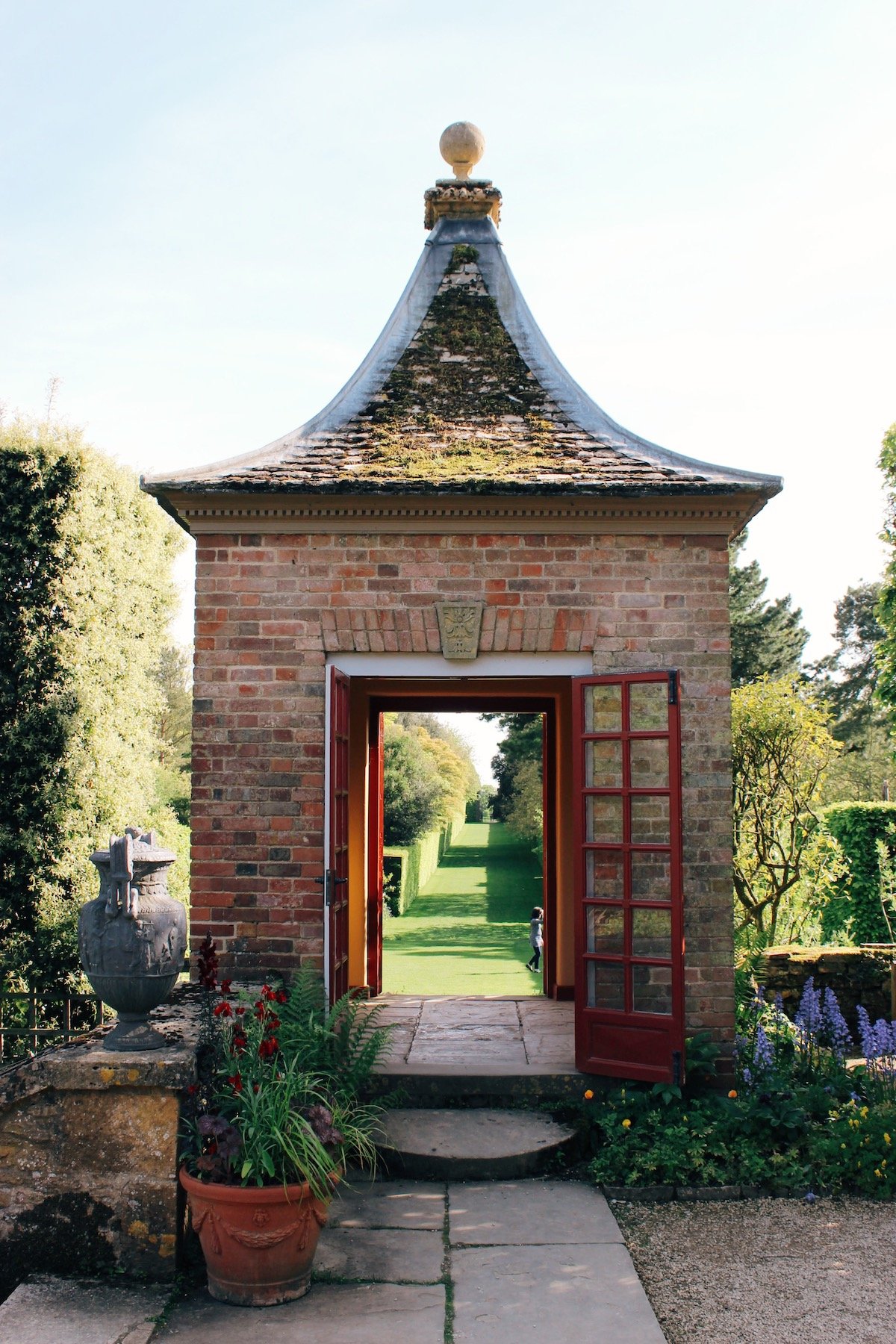


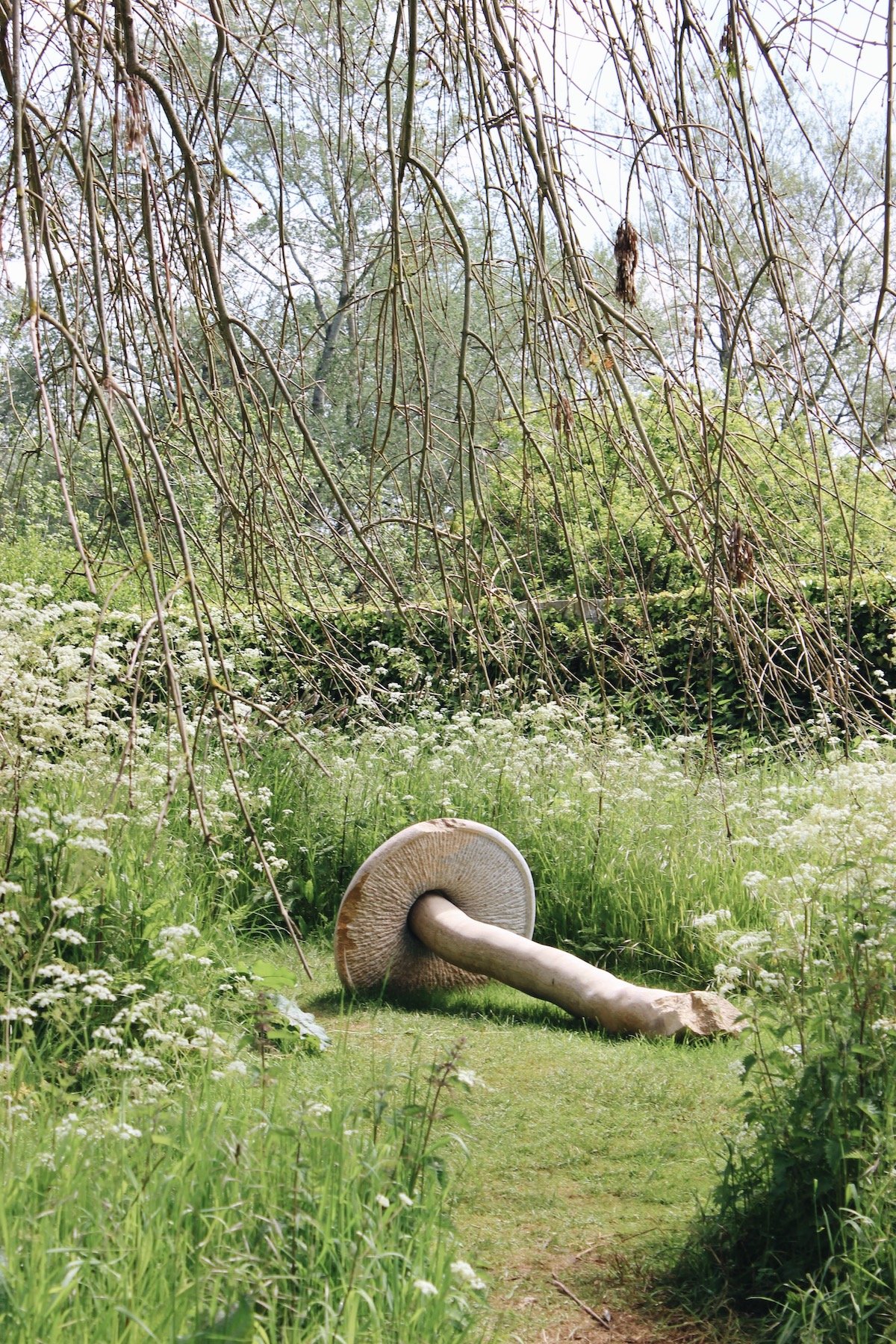

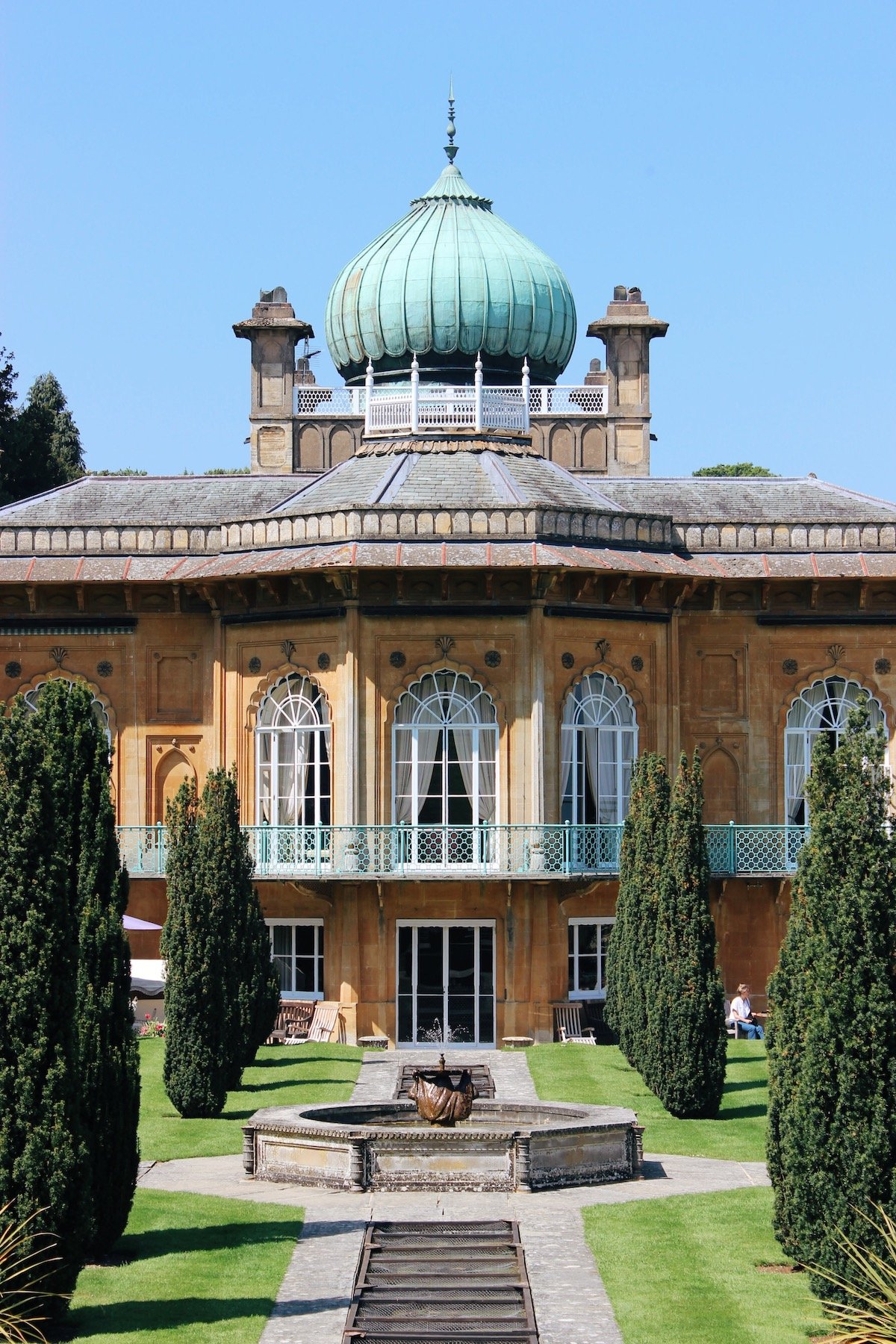
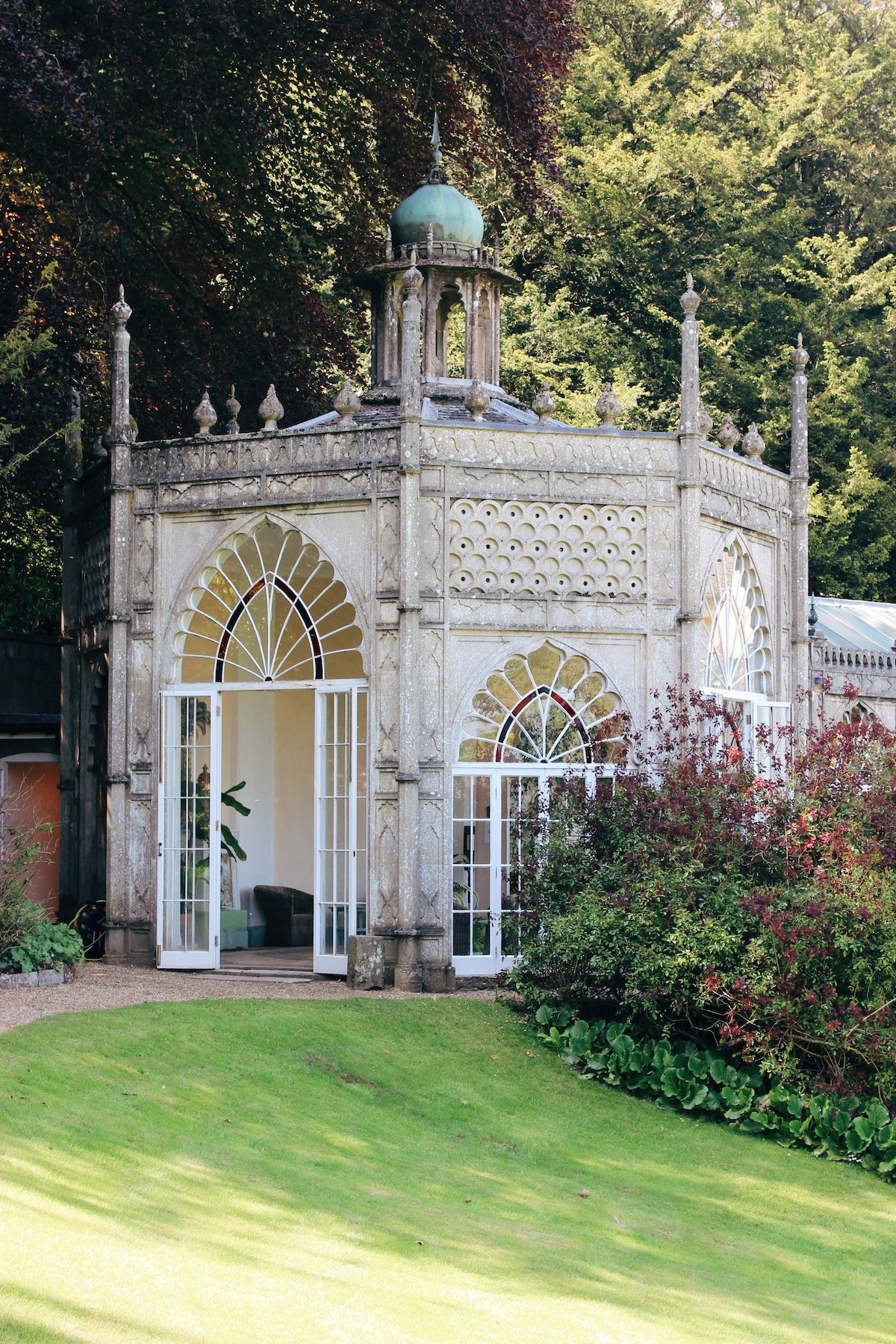
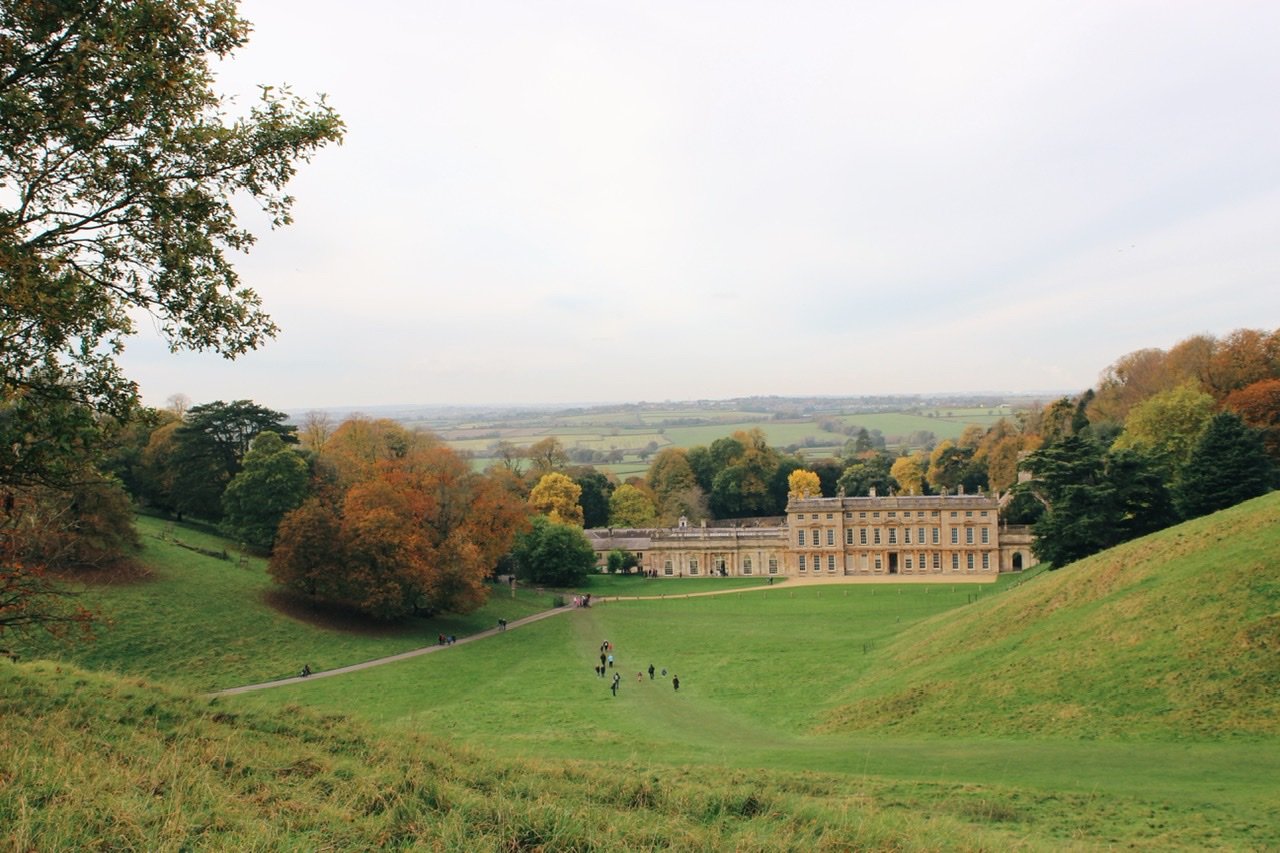
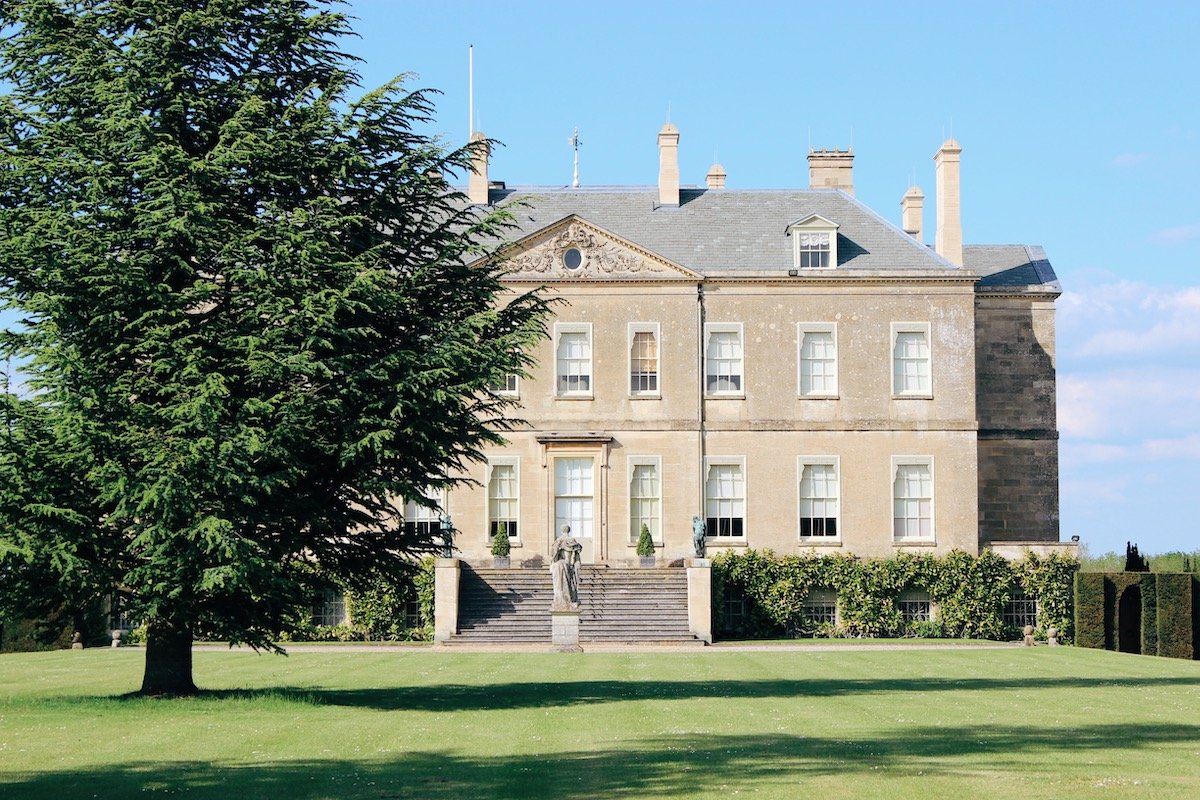
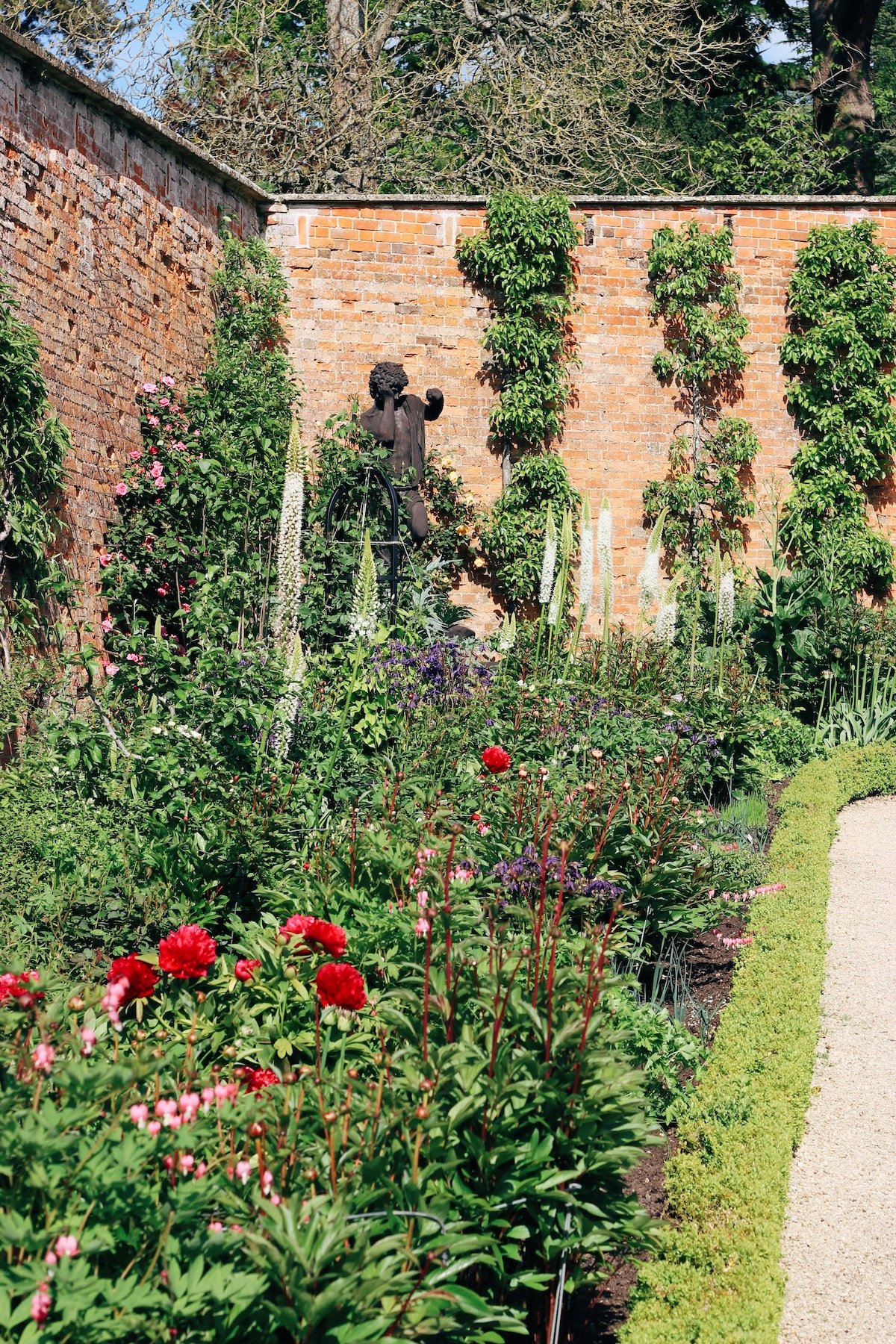
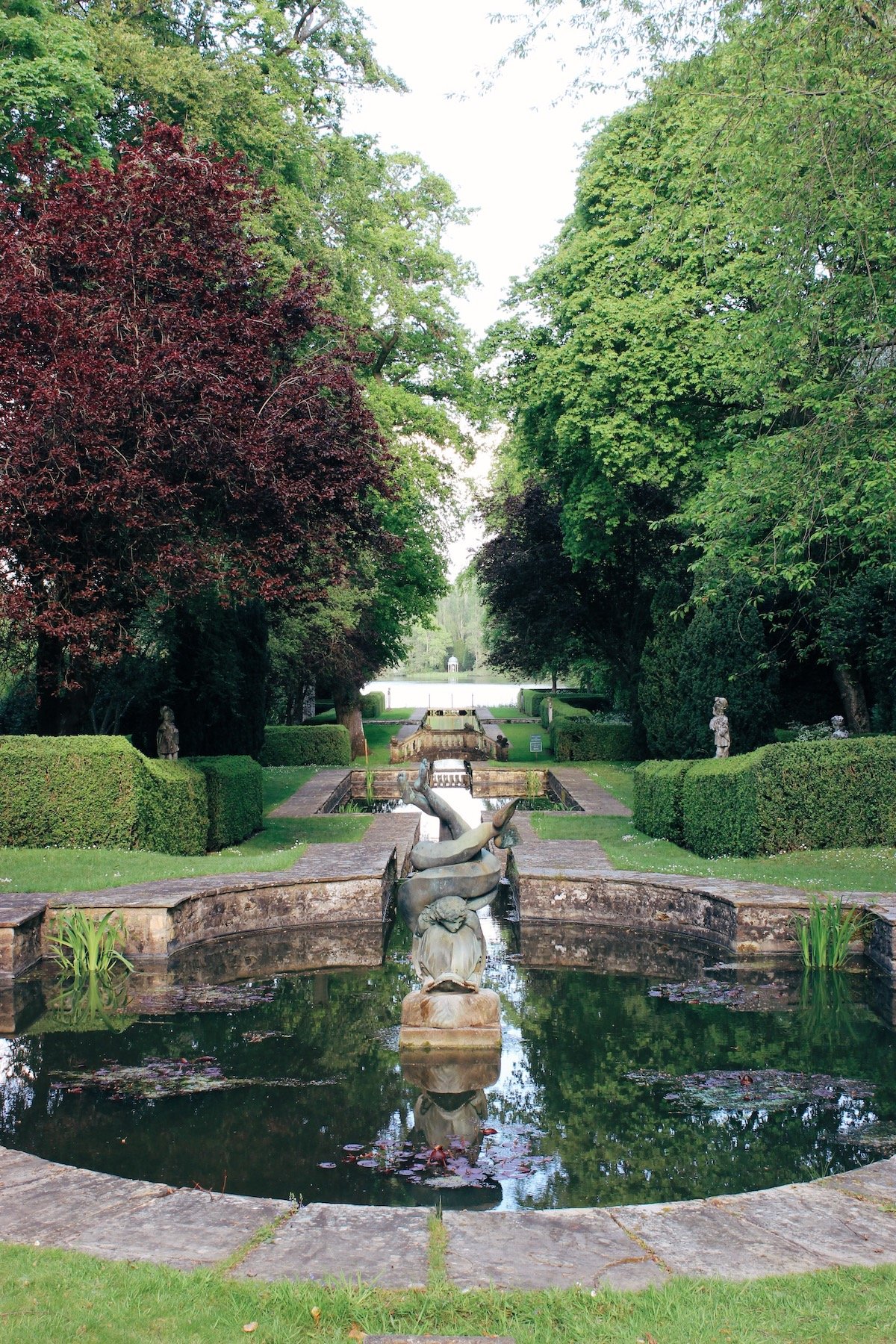


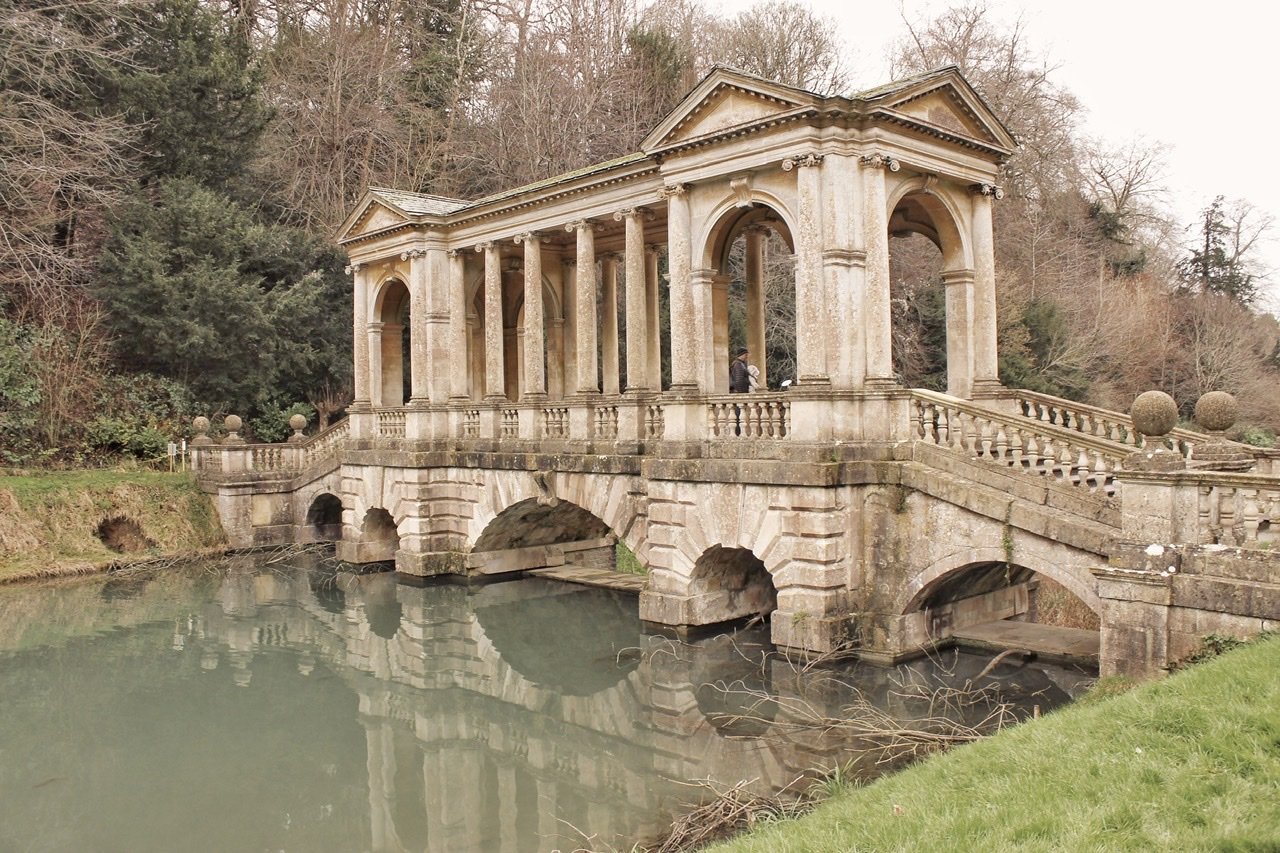





A cosy autumn guide to the Cotswolds, with favourite villages, walks, seasonal stops and weekend itinerary ideas to make the most of golden leaves, pub lunches and peaceful countryside